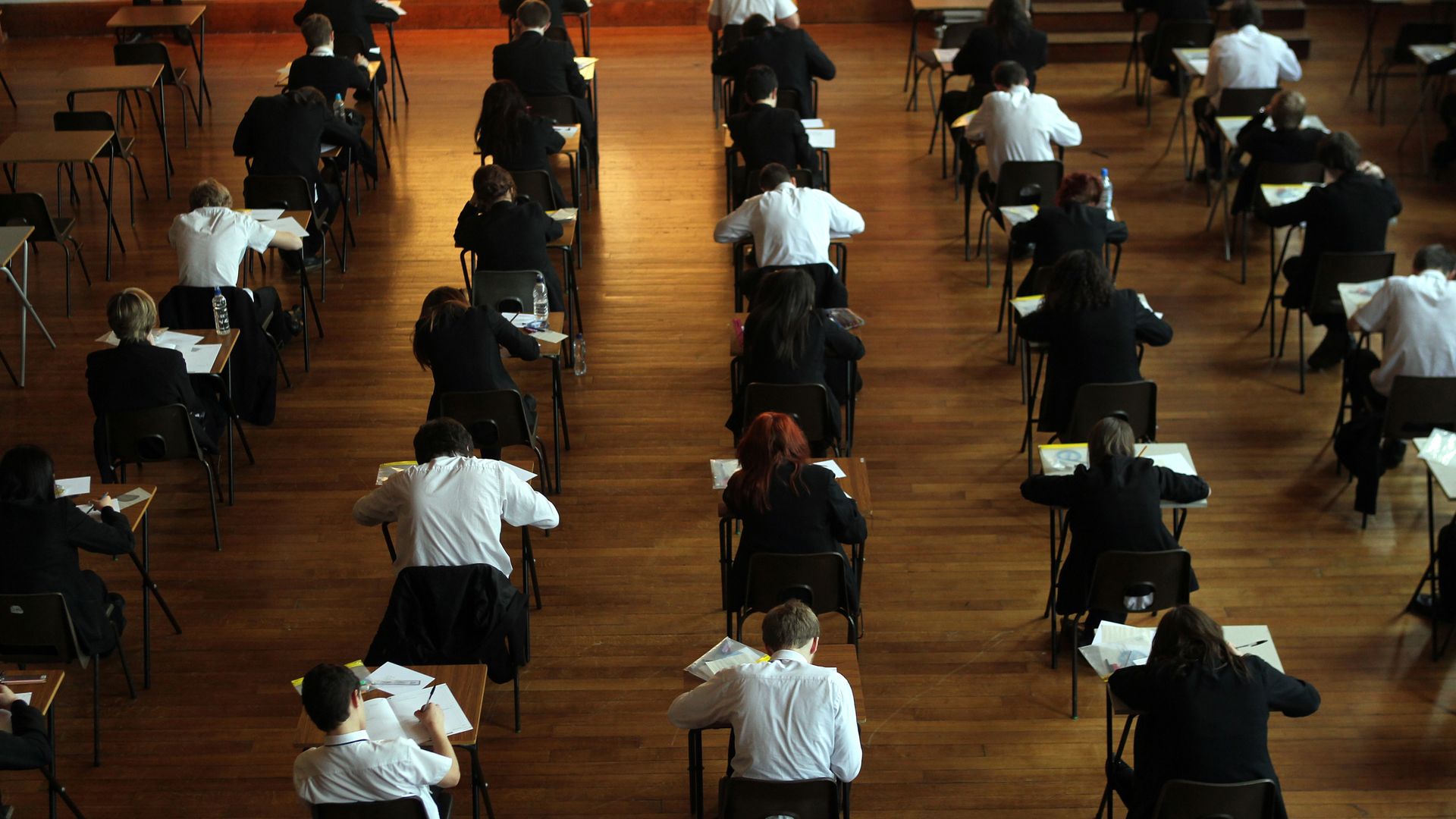The interest rate has been raised to 2.25% – the highest level since the 2008 financial crisis.
The new rate comes after it was raised by the Bank of England by half a point.
The move against inflation was less aggressive than financial markets had expected, but in line with the expectations of economists.
Market participants had widely expected the Bank to follow the US Federal Reserve last night with a 0.75 percentage points rise.
The latest increase still places further intense pressure on borrowers, such as mortgage holders, as variable rates and new fixed-rate loans continue to head north.
The Bank’s action is aimed at tackling core inflation – which strips out more volatile elements such as petrol and energy prices – that is still on the rise amid the cost of living crisis.
New chancellor Kwasi Kwarteng reaffirms Bank of England independence
PM and chancellor on holiday as Bank of England warns UK to be hit by recession
Cost of living: Bank of England governor warns sharper rate hike is ‘not locked in’ as economy slows
The main consumer prices index (CPI) measure fell back in August to 9.9% from 10.1% but that was only thanks to fuel costs plunging in the previous month.
The bank is worried that other elements of inflation, spikes in the cost of goods and services more generally, are becoming more engrained.
While any action to keep a lid on the pace of price rises will be broadly welcomed by the government, financial markets are likely to question not only the speed of the Bank’s tightening but also the Truss administration’s approach to stimulating economic growth through tax cuts and energy bill bailouts for households and businesses.
Investors are worried about the levels of government borrowing ahead.
The rates demanded to hold UK government bonds have risen steadily to 11-year highs in recent weeks while the pound is at a 37-year low against the dollar, though much of the decline reflects US currency strength.







